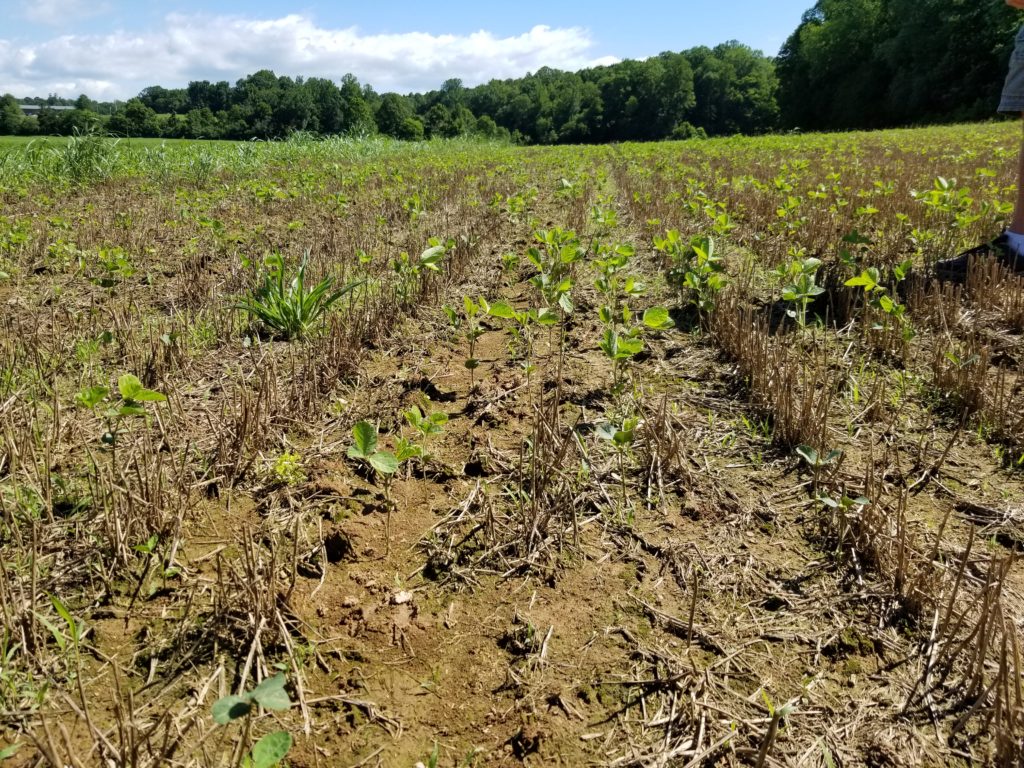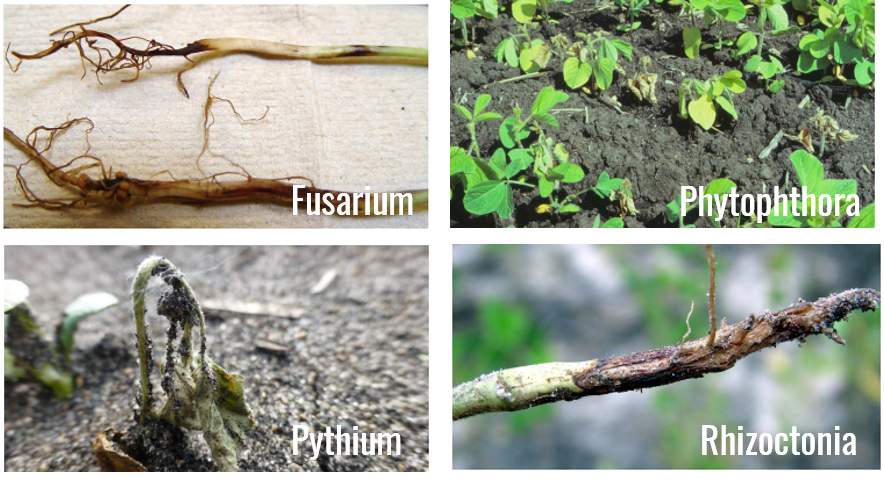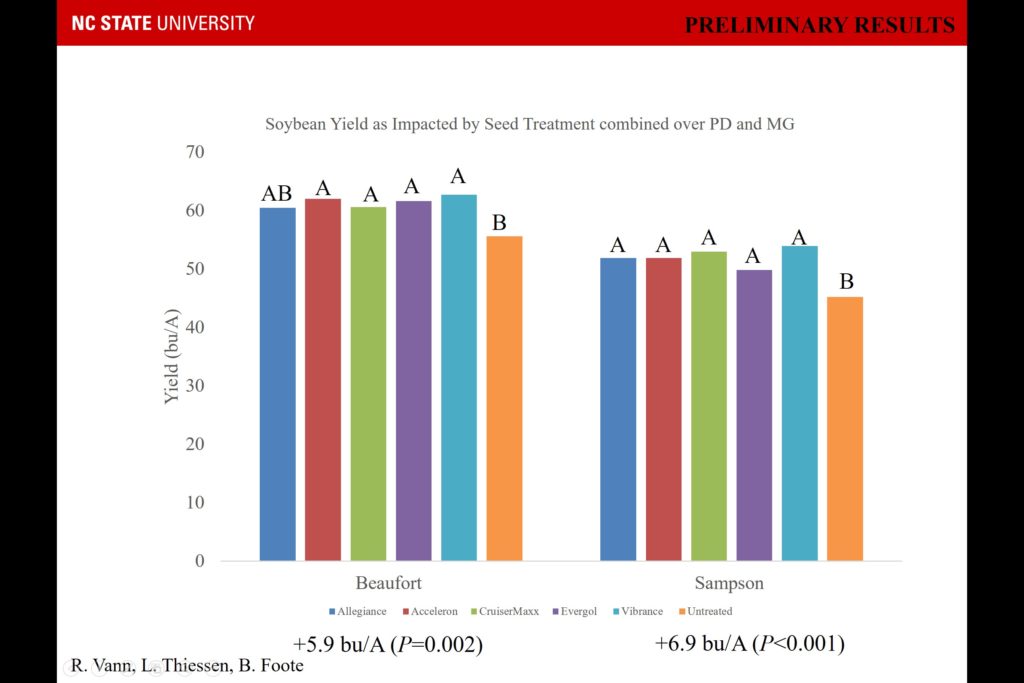Preventing Seedling Diseases in Early Planted Soybeans
go.ncsu.edu/readext?682605
en Español / em Português
El inglés es el idioma de control de esta página. En la medida en que haya algún conflicto entre la traducción al inglés y la traducción, el inglés prevalece.
Al hacer clic en el enlace de traducción se activa un servicio de traducción gratuito para convertir la página al español. Al igual que con cualquier traducción por Internet, la conversión no es sensible al contexto y puede que no traduzca el texto en su significado original. NC State Extension no garantiza la exactitud del texto traducido. Por favor, tenga en cuenta que algunas aplicaciones y/o servicios pueden no funcionar como se espera cuando se traducen.
Português
Inglês é o idioma de controle desta página. Na medida que haja algum conflito entre o texto original em Inglês e a tradução, o Inglês prevalece.
Ao clicar no link de tradução, um serviço gratuito de tradução será ativado para converter a página para o Português. Como em qualquer tradução pela internet, a conversão não é sensivel ao contexto e pode não ocorrer a tradução para o significado orginal. O serviço de Extensão da Carolina do Norte (NC State Extension) não garante a exatidão do texto traduzido. Por favor, observe que algumas funções ou serviços podem não funcionar como esperado após a tradução.
English
English is the controlling language of this page. To the extent there is any conflict between the English text and the translation, English controls.
Clicking on the translation link activates a free translation service to convert the page to Spanish. As with any Internet translation, the conversion is not context-sensitive and may not translate the text to its original meaning. NC State Extension does not guarantee the accuracy of the translated text. Please note that some applications and/or services may not function as expected when translated.
Collapse ▲One of the things to consider, as we’re planting earlier soybeans, is the possibility of seedling disease and seed rots. These are favored by cool, moist soils that are prevalent early in the season. To learn more from NC State Extension Specialist, Dr. Lindsey Thiessen, watch our 2-minute video:
Seedling diseases are characterized by lesions either on the roots or just at the base of the plants as they start to emerge out of the soil.
There’s a number of different fungi and oomycetes, that can cause seed and seedling disease issues. The biggest ones for us in North Carolina are rhizoctonia, fusarium, and pythium.
Management options include improving soil drainage, planting whenever we have optimal growing conditions and in some cases using cover crops to help pull moisture out of the soil.
In our recent study, seed treatments were the most consistent treatment to improving stand and were most effective on early planted soybeans where we had those conducive conditions for seed rots.
More information about seed treatments can be found in the resources below. If you believe there might be a seedling disease or seed rot issue on your farm contract your County agent as soon as possible.
Additional Resources:
Soybean Seedling Diseases Fact Sheet





